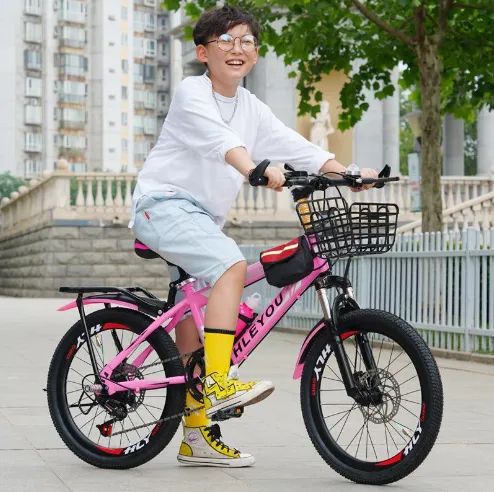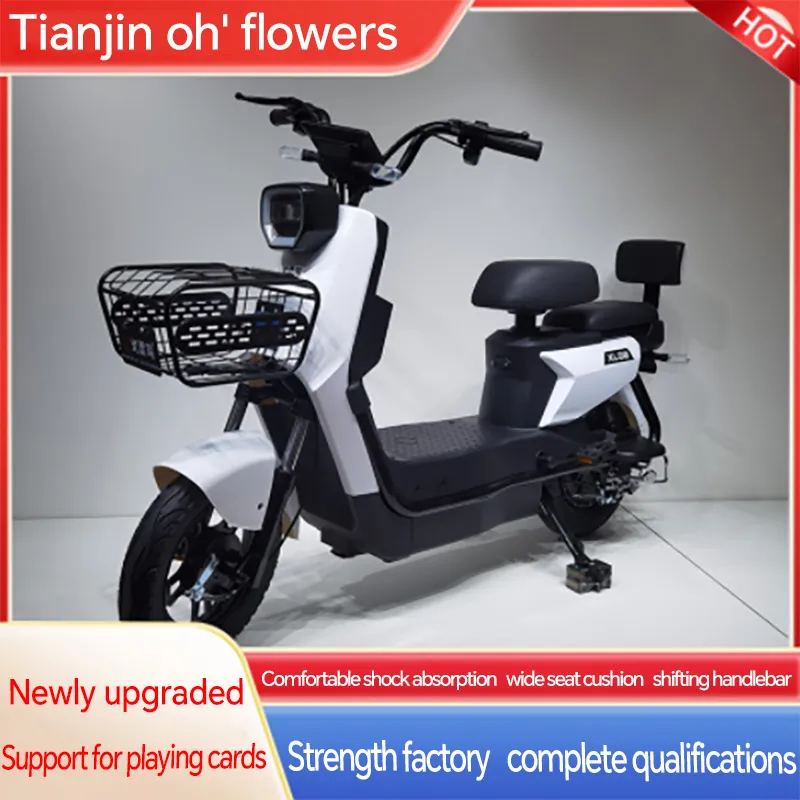
- Afrikaans
- Albanian
- Amharic
- Arabic
- Armenian
- Azerbaijani
- Basque
- Belarusian
- Bengali
- Bosnian
- Bulgarian
- Catalan
- Cebuano
- Corsican
- Croatian
- Czech
- Danish
- Dutch
- English
- Esperanto
- Estonian
- Finnish
- French
- Frisian
- Galician
- Georgian
- German
- Greek
- Gujarati
- Haitian Creole
- hausa
- hawaiian
- Hebrew
- Hindi
- Miao
- Hungarian
- Icelandic
- igbo
- Indonesian
- irish
- Italian
- Japanese
- Javanese
- Kannada
- kazakh
- Khmer
- Rwandese
- Korean
- Kurdish
- Kyrgyz
- Lao
- Latin
- Latvian
- Lithuanian
- Luxembourgish
- Macedonian
- Malgashi
- Malay
- Malayalam
- Maltese
- Maori
- Marathi
- Mongolian
- Myanmar
- Nepali
- Norwegian
- Norwegian
- Occitan
- Pashto
- Persian
- Polish
- Portuguese
- Punjabi
- Romanian
- Russian
- Samoan
- Scottish Gaelic
- Serbian
- Sesotho
- Shona
- Sindhi
- Sinhala
- Slovak
- Slovenian
- Somali
- Spanish
- Sundanese
- Swahili
- Swedish
- Tagalog
- Tajik
- Tamil
- Tatar
- Telugu
- Thai
- Turkish
- Turkmen
- Ukrainian
- Urdu
- Uighur
- Uzbek
- Vietnamese
- Welsh
- Bantu
- Yiddish
- Yoruba
- Zulu
Feb . 13, 2025 14:16 Back to list
mountain bike downhill bike
Selecting the perfect mountain bike for kids requires more than just a passing glance at a catalog or a quick web search. A fusion of genuine experience, professional expertise, authority in biking circles, and an unwavering dedication to trustworthiness forms the foundation for making an informed decision.
Gear systems also deserve attention. A bike equipped with an appropriate gear range can enhance a child’s riding experience by easing uphill climbs and competent handling of varying terrains. Shimano and SRAM are trusted names in the component industry, known for their quality and durability. Consulting a biking specialist can help decipher the best gear setup tailored to a child's needs and the typical riding environments they will encounter. Tire choice correlates directly with safety and performance as well. Wider tires offer better stability and control, crucial for rocky paths and unpredictable trails. Mountain bike experts frequently discuss tire tread patterns, recommending options that balance grip and rolling efficiency for young cyclists making their first forays into mountain biking. Additionally, appearance and design should not be discounted. While performance and safety are critical, a bike that aligns with a child's aesthetic preferences can instill pride and enthusiasm, encouraging regular use and improving skill acquisition. From vibrant colors and graphics to customized accessories like handlebar bells and spoke decorations, personalizing a bike can transform it into a source of joy. Finally, the cost-to-value ratio cannot be overlooked. While it’s tempting to economize, quality should never be compromised. A mountain bike is an investment in a child’s development, confidence, and enjoyment. Ensuring the purchase is from an authorized dealer or retailer offers a guarantee of authenticity and access to after-sales service. Engaging with online communities and forums, where biking enthusiasts share reviews and personal experiences, can offer profound insights into the longevity and performance of different bike models. In conclusion, selecting the optimal mountain bike for kids involves both a practical and passionate approach. By emphasizing the significance of fit, weight, suspension, brakes, gear systems, and personal preferences, parents can confidently choose a bike that promises not only rides but adventures of a lifetime. Cultivating a trust-based decision-making process ensures that kids are not only safe but inspired and empowered to explore the great outdoors.


Gear systems also deserve attention. A bike equipped with an appropriate gear range can enhance a child’s riding experience by easing uphill climbs and competent handling of varying terrains. Shimano and SRAM are trusted names in the component industry, known for their quality and durability. Consulting a biking specialist can help decipher the best gear setup tailored to a child's needs and the typical riding environments they will encounter. Tire choice correlates directly with safety and performance as well. Wider tires offer better stability and control, crucial for rocky paths and unpredictable trails. Mountain bike experts frequently discuss tire tread patterns, recommending options that balance grip and rolling efficiency for young cyclists making their first forays into mountain biking. Additionally, appearance and design should not be discounted. While performance and safety are critical, a bike that aligns with a child's aesthetic preferences can instill pride and enthusiasm, encouraging regular use and improving skill acquisition. From vibrant colors and graphics to customized accessories like handlebar bells and spoke decorations, personalizing a bike can transform it into a source of joy. Finally, the cost-to-value ratio cannot be overlooked. While it’s tempting to economize, quality should never be compromised. A mountain bike is an investment in a child’s development, confidence, and enjoyment. Ensuring the purchase is from an authorized dealer or retailer offers a guarantee of authenticity and access to after-sales service. Engaging with online communities and forums, where biking enthusiasts share reviews and personal experiences, can offer profound insights into the longevity and performance of different bike models. In conclusion, selecting the optimal mountain bike for kids involves both a practical and passionate approach. By emphasizing the significance of fit, weight, suspension, brakes, gear systems, and personal preferences, parents can confidently choose a bike that promises not only rides but adventures of a lifetime. Cultivating a trust-based decision-making process ensures that kids are not only safe but inspired and empowered to explore the great outdoors.
Next:
Latest news
-
The Ultimate Kids' Four-Wheeler Experience
NewsJul.09,2025
-
The Ultimate Guide to Mountain Bikes: Gear Up for Your Ride
NewsJul.09,2025
-
The New Age of Cycling: Electric Bikes for Every Rider
NewsJul.09,2025
-
The Best Kids Bicycles: Ride in Style and Safety
NewsJul.09,2025
-
The Best 3-Wheel Scooters for Kids: Fun, Safety, and Adventure
NewsJul.09,2025
-
Revolutionize Your Ride: Affordable Electric Bikes
NewsJul.09,2025
-
Finding the Perfect Mountain Bike for Every Rider
NewsJul.09,2025



